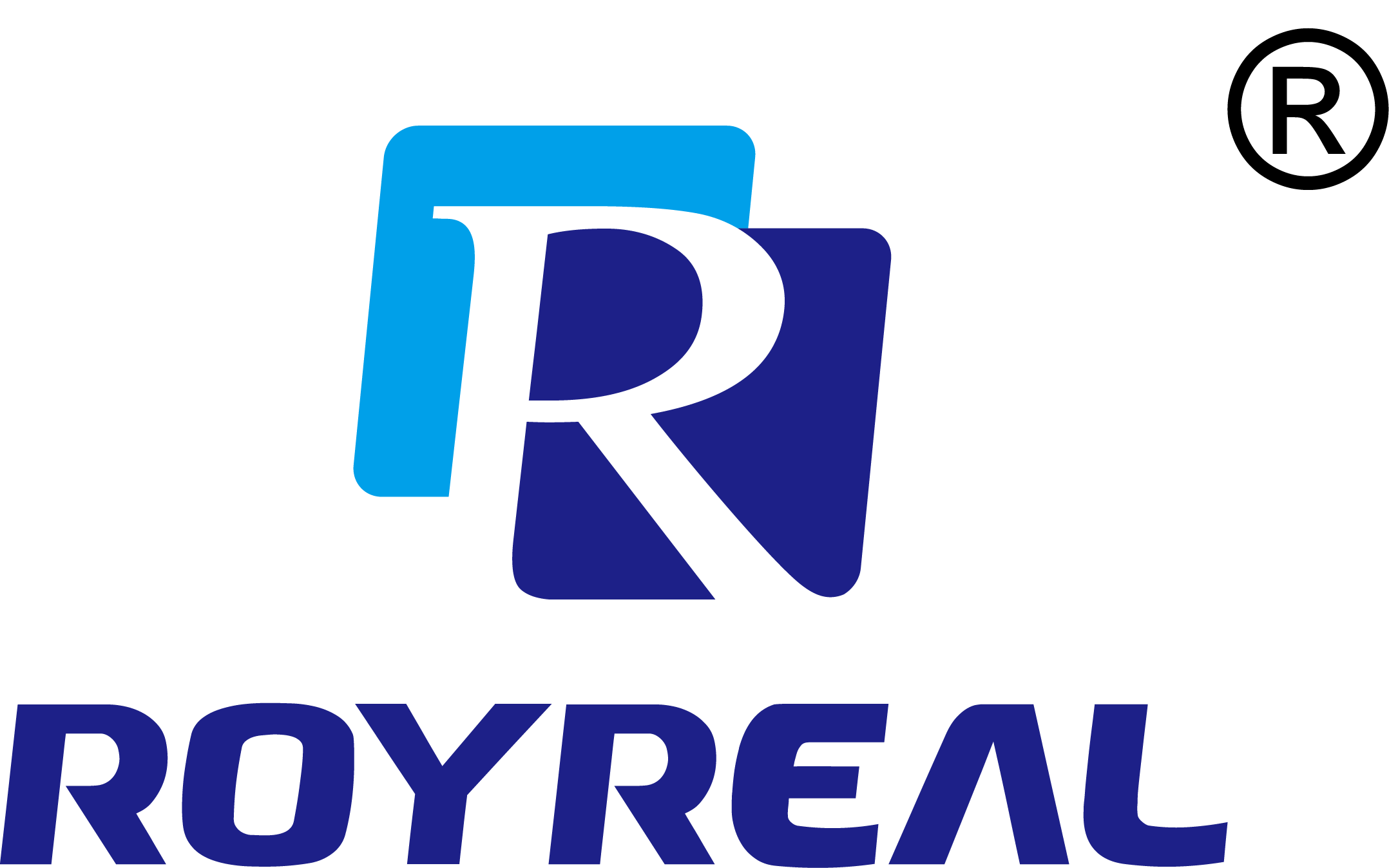Empowering Performance: Wet Gas Flow Meter Solutions for Enhanced Results
Category: Industry News
Time:2024-12-09
Empowering Performance: Wet Gas Flow Meter Solutions for Enhanced Results
Introduction to Wet Gas Flow Measurement
Wet gas flow measurement is crucial in various industries, including oil and gas, water treatment, and chemical manufacturing. Accurate measurement of gas flow, especially when mixed with liquids, is essential for optimizing processes and ensuring regulatory compliance. This article delves into the importance of wet gas flow meters and how they can enhance performance by providing precise measurements.
The Importance of Accurate Flow Measurement
Accurate flow measurement is fundamental to operational efficiency. In industries relying on gas and liquid mixtures, inaccurate flow readings can lead to significant financial losses, safety hazards, and compliance issues. By implementing wet gas flow meter solutions, organizations can achieve:
- Enhanced operational efficiency
- Improved safety measures
- Cost savings through reduced waste
- Compliance with industry regulations
Understanding the implications of flow measurement accuracy sets the foundation for exploring wet gas flow meter technologies.
What is a Wet Gas Flow Meter?
A wet gas flow meter is designed to measure the flow rate of gas that contains liquid droplets. Unlike standard gas flow meters, which may struggle to provide accurate readings in such conditions, wet gas flow meters utilize advanced technology to ensure reliability. They are essential in applications where gas and liquid phases coexist, such as:
- Natural gas production
- Oil extraction
- Biogas generation
How Wet Gas Flow Meters Work
Wet gas flow meters employ various techniques to measure flow accurately, including:
- **Differential pressure**: This method measures the pressure drop across a constriction in the flow path, providing data on gas velocity and density.
- **Ultrasonic**: Using sound waves, ultrasonic meters measure the time it takes for sound to travel between transducers, enabling accurate flow rate calculations.
- **Coriolis**: This technology measures mass flow directly by detecting changes in frequency as the flow passes through a vibrating tube.
Each technology has its advantages, making it essential to choose the right solution based on specific application requirements.
Advancements in Wet Gas Flow Meter Technology
Recent advancements in wet gas flow meter technology have significantly improved measurement accuracy and efficiency. Innovative features now available include:
- **Smart diagnostics**: Modern meters come equipped with self-diagnostic capabilities that monitor performance and detect issues in real-time.
- **Enhanced materials**: New materials are designed to withstand harsh environments and corrosive substances, extending the operational lifespan of meters.
- **Remote monitoring**: Connectivity options allow for remote data access, enabling operators to monitor flow rates and make adjustments without being physically present.
These technological enhancements lead to better data reliability and more informed decision-making.
Applications of Wet Gas Flow Meters
Wet gas flow meters find applications in numerous sectors. Here are a few notable examples:
- **Oil and gas industry**: Accurate measurement of wet gas flow is essential for production efficiency and custody transfer.
- **Water treatment facilities**: Monitoring the flow of gas and liquid mixtures ensures compliance with environmental regulations.
- **Food and beverage industry**: Maintaining precise flow measurements helps in adhering to safety and quality standards.
Understanding the diverse applications can help businesses identify areas for improvement and optimization.
Choosing the Right Wet Gas Flow Meter
When selecting a wet gas flow meter, several factors come into play:
- **Flow conditions**: Understanding the type of gas, liquid content, temperature, and pressure is critical in determining the best flow meter technology.
- **Accuracy requirements**: Different applications may require varying levels of accuracy; knowing these specifications helps in choosing the right meter.
- **Budget constraints**: Balancing cost with measurement needs is essential for operational efficiency.
Consulting with experts in flow measurement can provide valuable insights into the most suitable options for your application.
Installation Best Practices for Wet Gas Flow Meters
Proper installation is crucial for ensuring the accuracy and longevity of wet gas flow meters. Consider the following best practices:
- **Location**: Install meters in straight runs of piping to minimize disturbances caused by bends or valves.
- **Orientation**: Ensure that the flow meter is installed in the correct orientation specified by the manufacturer to avoid incorrect readings.
- **Calibration**: Regular calibration is necessary to maintain measurement accuracy. Implement a schedule for routine checks.
Adhering to these guidelines can significantly improve the performance of wet gas flow meters.
Maintenance and Troubleshooting of Wet Gas Flow Meters
Regular maintenance is essential to ensure the longevity and reliability of wet gas flow meters. Key maintenance practices include:
- **Routine inspections**: Periodically check for signs of wear and tear, such as leaks or corrosion.
- **Cleaning**: Depending on the application, cleaning the meter may be necessary to prevent buildup that can affect accuracy.
- **Calibration checks**: Regular calibration ensures that the meter continues to provide accurate readings over time.
In addition to maintenance, understanding common issues can aid in troubleshooting:
- **Inconsistent readings**: This can indicate a blockage or damage in the flow path.
- **Low flow rates**: Ensure that the system is not experiencing any leaks or blockages that could affect flow.
Promptly addressing these issues can prevent costly downtime and ensure continued operational efficiency.
Future Trends in Wet Gas Flow Measurement
The future of wet gas flow measurement is promising, with several trends poised to reshape the industry:
- **Integration of AI and machine learning**: These technologies can analyze flow data patterns for predictive maintenance and enhanced decision-making.
- **Emergence of digital twins**: Creating digital replicas of physical systems allows for better monitoring and optimization of flow processes.
- **Sustainability initiatives**: Increasing focus on sustainability will drive innovations that reduce environmental impact while improving measurement accuracy.
Staying informed about these trends is vital for businesses looking to remain competitive and efficient.
FAQs About Wet Gas Flow Meters
1. What is the difference between a wet gas flow meter and a standard gas flow meter?
Wet gas flow meters are specifically designed to measure the flow of gas that contains liquid droplets, while standard gas flow meters typically only measure dry gases.
2. How do I know if I need a wet gas flow meter?
If your application involves gas and liquid mixtures, such as in natural gas production or wastewater treatment, a wet gas flow meter is necessary for accurate measurements.
3. What factors affect the accuracy of wet gas flow meters?
Factors include flow velocity, temperature, pressure, and the percentage of liquid content in the gas mixture. Proper calibration and maintenance also play a critical role.
4. How often should wet gas flow meters be calibrated?
Calibration frequency depends on the application and manufacturer recommendations. Regular checks, often quarterly or biannually, are advisable.
5. Can wet gas flow meters be used in hazardous environments?
Yes, many wet gas flow meters are designed to operate in hazardous environments, but it's essential to choose models that meet safety certifications for your specific application.
Conclusion
Wet gas flow meters are indispensable tools for achieving precise measurement in complex gas and liquid mixtures. Understanding their significance, advancements, applications, and best practices can empower businesses to optimize performance and drive operational success. As technology continues to evolve, staying informed about the latest trends and innovations will further enhance the capabilities of wet gas flow measurement, paving the way for more efficient and sustainable practices in various industries.
Keywords:
 EN
EN RU
RU SP
SP
